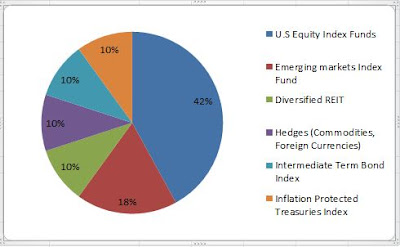Since the Market turned last week, I tried to understand how accurate the IBD big picture is - if someone just went long on the S&P500 based on IBD big picture , they would have the following result:
The result is a 4.3% gain in 8 days , which is pretty interesting. I'm still not 100 percent convinced that they are accurate all the time - but initial results are good.
Would love to hear if someone has similar or different experience with this.
Happy Trading !
The result is a 4.3% gain in 8 days , which is pretty interesting. I'm still not 100 percent convinced that they are accurate all the time - but initial results are good.
Would love to hear if someone has similar or different experience with this.
Happy Trading !





